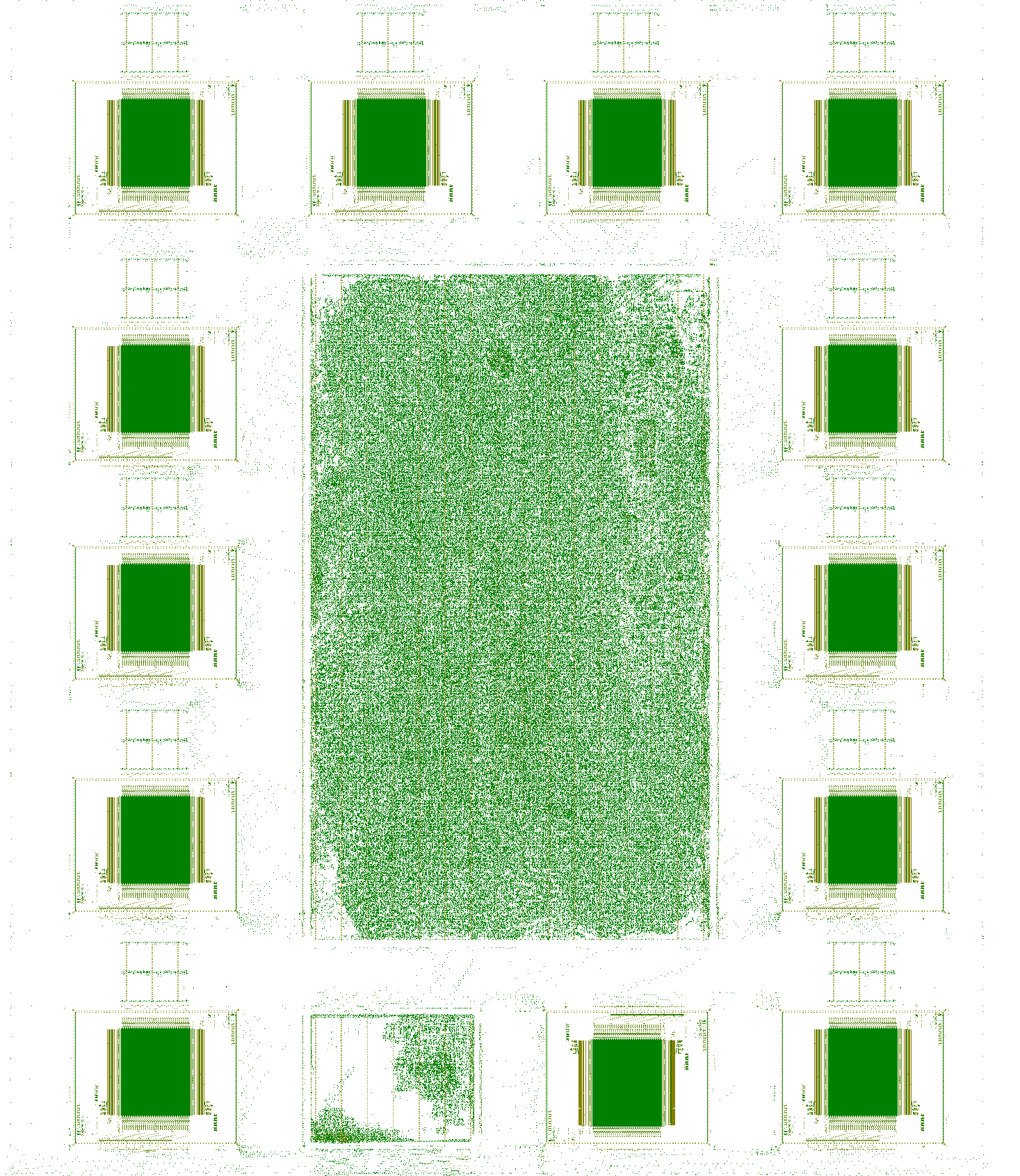|
|
|
Wave-pipelining
project "Shaping The Waves"
This project
follows the idea of System Hyper
Pipelining
(SHP) and combines it with
wave-pipelining.
SHP generates interleaved-multithreaded designs and replaces original
registers with memories to allow dynamic interleaved-multithreaded scheduling (threads
can be stalled and therefore reordered).
SHP also uses C-Slow Retiming.
But instead of inserting "C-1" registers
into each path, wave-pipelining is used in this project.

Fig. 1. Wave-pipelining, all paths in a design must have equal length
Wave-pipelining requires equal length between the relevant registers.
Multiple waves travel through the logic during execution. More
information on this rather old idea of wave-pipelining can be found in
this paper [1].
[1] W. Burleson, M. Ciesielski, F. Klass, and W. Liu, "Wave-Pipelining:
A Tutorial and Research Survey", IEEE Trans. on VLSI, vol. 6, no. 3,
Sept. 1998, link: https://www.cs.princeton.edu/courses/archive/fall01/cs597a/wave.pdf
The project is very similar to the Arduissimo
project, which follows
the same idea but is optimized for FPGA technology. The ASIC version
now uses wave-pipelining instead of register insertion and has only one
RISC-V
core implemented (instead of 4).
The ASIC project "Shaping The Waves" is defined by:
- System-Hyper-Pipelined
MiniSoC
- 232
MHz running 3 waves 8 independent threads
- RV32iMC-P3C4D8W3
- 3
classical Pipeline stages
- 4
Copies running at the same time
- memory
thread Depth is 8
- 3
Waves maximum
- Timer
with 128 programmable events
- 32
GPIOs with programmable trigger-units
for SW-defined protocols
- SkyWater
0,13µm, Efabless Shuttle 8
- OpenSource
tools: Caravel\OpenLane
- Sponsored
by Efabless and Google !!!
The
project can be
found on github here.
The following Figure
shows the ASIC
implementation:

Fig. 2. ASIC layout
of the project
| last
modified: 2023/Mar/22 |
|
|
|
|
|
|